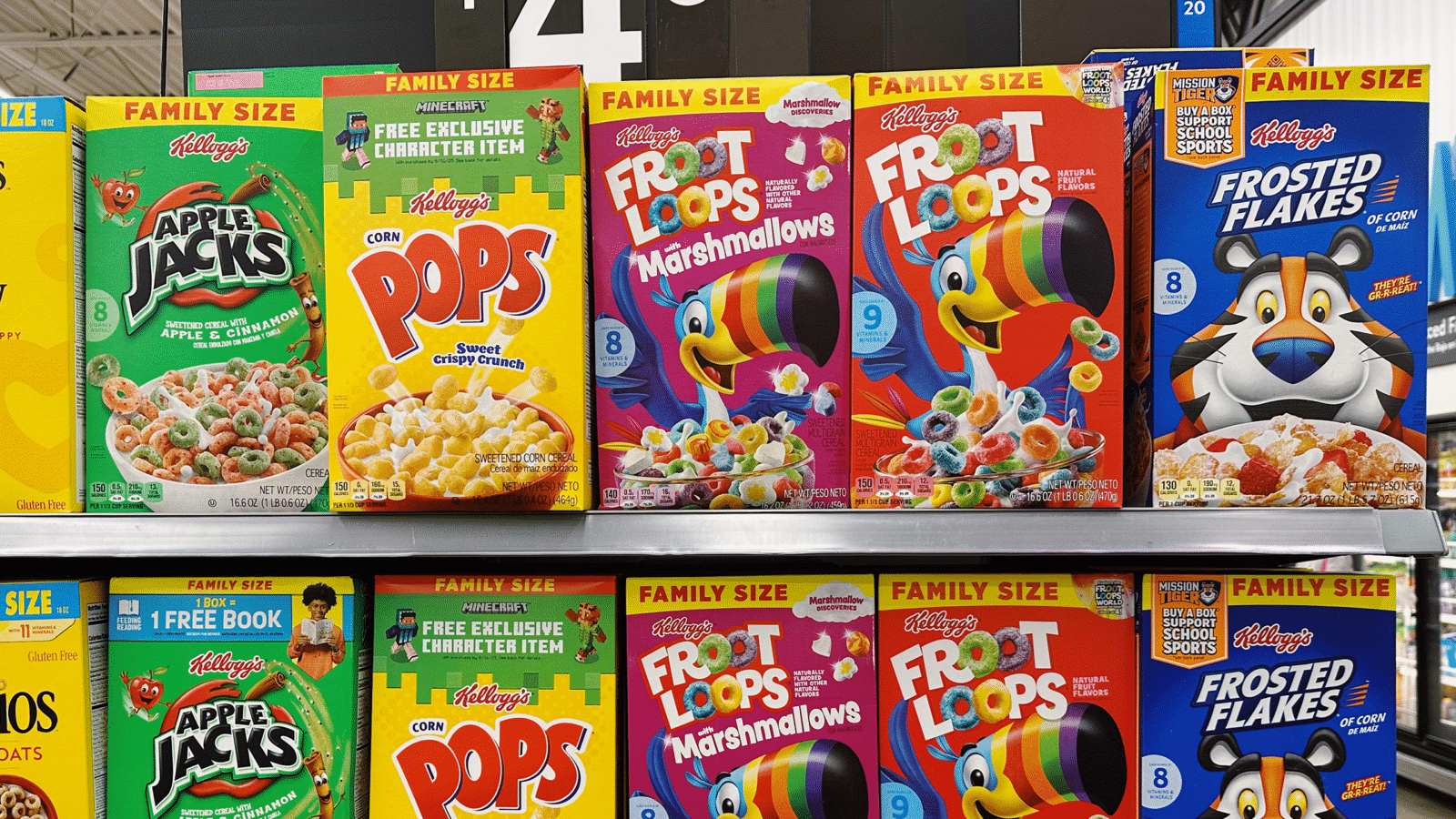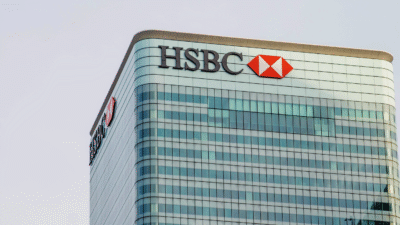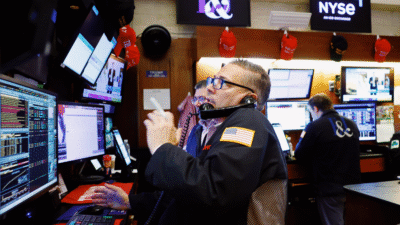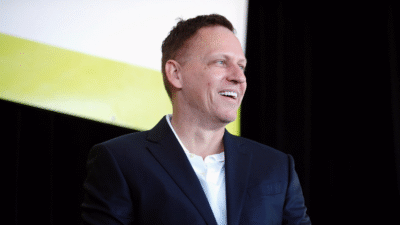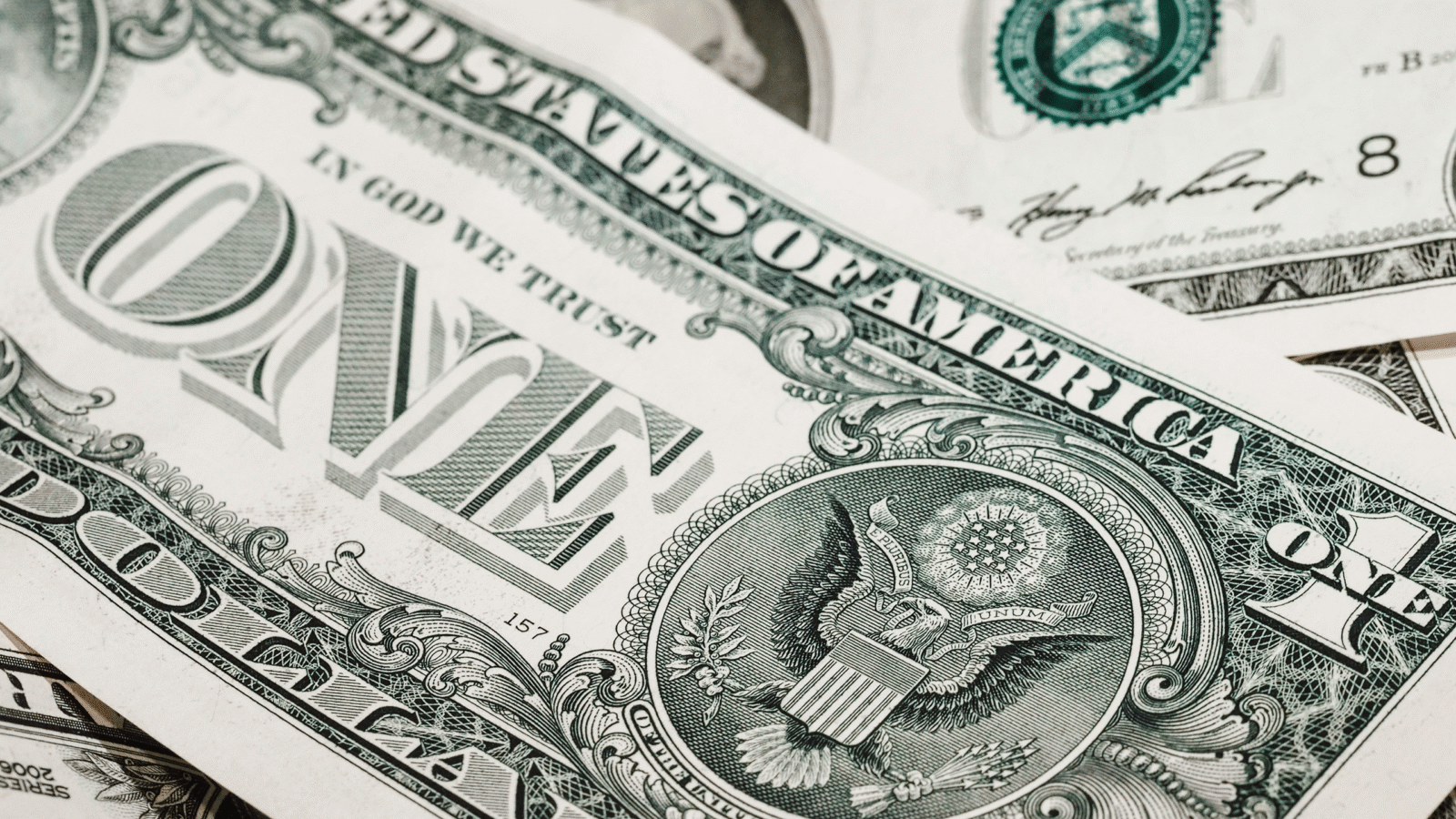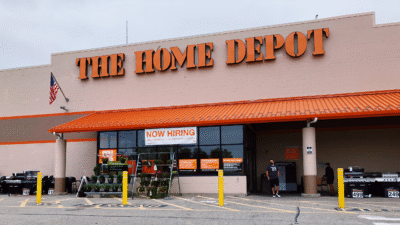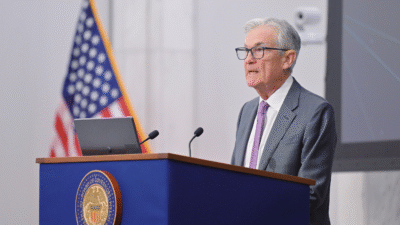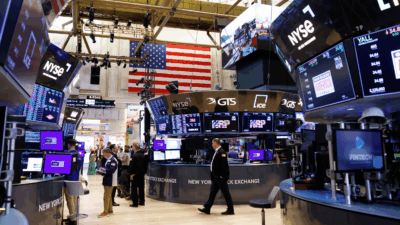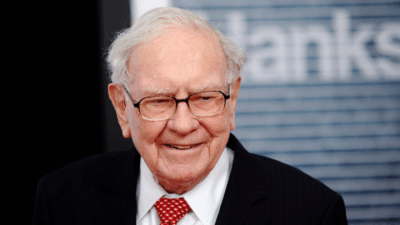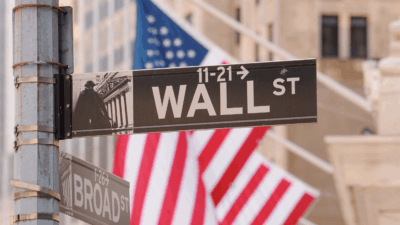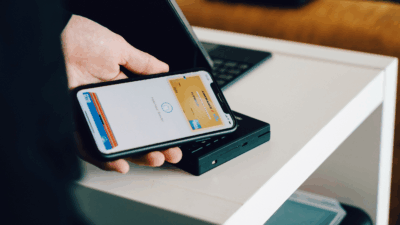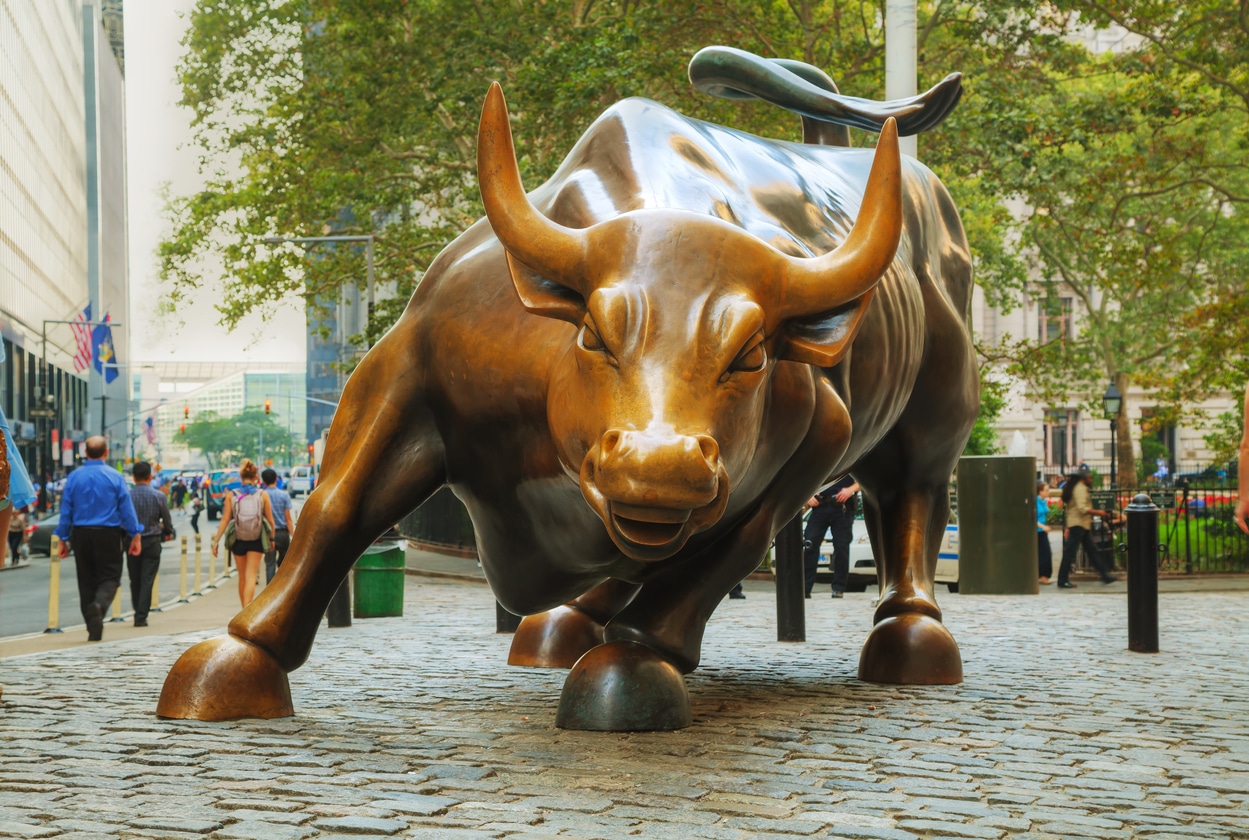
Sign up for smart news, insights, and analysis on the biggest financial stories of the day.
After ham-fisted reactions to both the GameStop short squeeze and DogeCoin crash earlier this year, digital trading platform Robinhood set out Thursday to better represent its namesake.
As part of its stated goal of “democratizing finance,” Robinhood will soon swing open the institutional gates – allowing its users to buy into pre-traded IPOs directly, right alongside Wall Street funds.
Get in Line, Retail Traders
Big ticket institutional investors and investment banks have a near-exclusive edge on IPO allocations, with retail traders forced to wait until shares start trading to buy in.
Thus, the price gap between what the heavyweights and the rest of the market pays remains a troubling chasm. And big-money investors have gotten accustomed to a healthy first-day trading “pop” – at everyone else’s expense:
- Vegan food and drink maker Oatly jumped 30% from its $17 IPO price upon hitting markets, opening at $22.12 for retail traders.
- Snowflake, a cloud data warehousing firm, priced its IPO at $120, but strong demand more than doubled its price to $245 at the NYSE’s opening bell.
- In 2020, the average first-day trading pop on U.S. listings was a quite material 36%, according to data provider Dealogic.
The first company to offer shares to the masses through Robinhood will be FIGS Inc. – a medical scrubs, masks, and shields manufacturer. The firm is reserving 1% of its 22.5 million IPO offering shares for Robinhooders. It’d be a shrewder play for traders if the pandemic wasn’t on its last legs.
The Catch: Wall Street still calls the shots, and will only loosen its grip on select IPO allocations. While retail investors will finally get a piece of that sweet, pre-trading IPO pie – for now it’s just a minuscule slice.
